Bison in My Backyard
It was the summer of 2019. I was driving through Yellowstone National Park when I spotted something through the windshield that got my heart racing.
A lone bison.
I’d never seen one before. I pulled over immediately. When I stepped out of my car, the air felt heavy.
I stared, stunned.
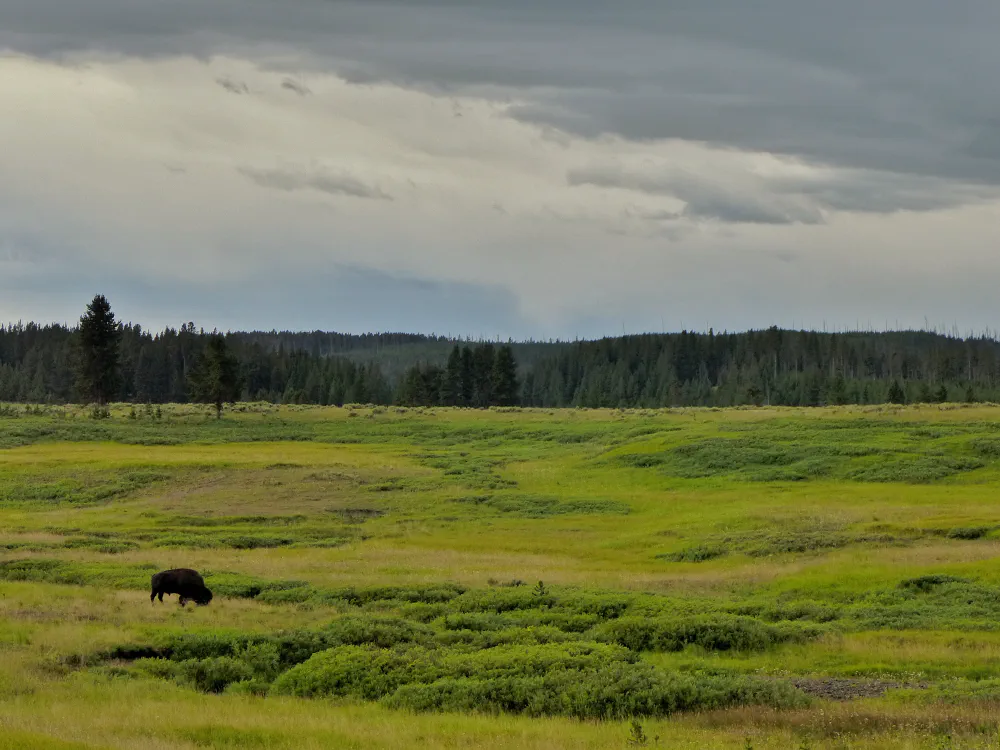
I knew not to come any closer. Not because of a posted sign, but because of the energy in the air. It was eerily quiet. I could feel the bison’s gaze resting upon me. A gentle warning to stay away.
I had always known that wild animals own their territory. But now I felt it, deep within my bones.
This was their territory. I was an intruder.
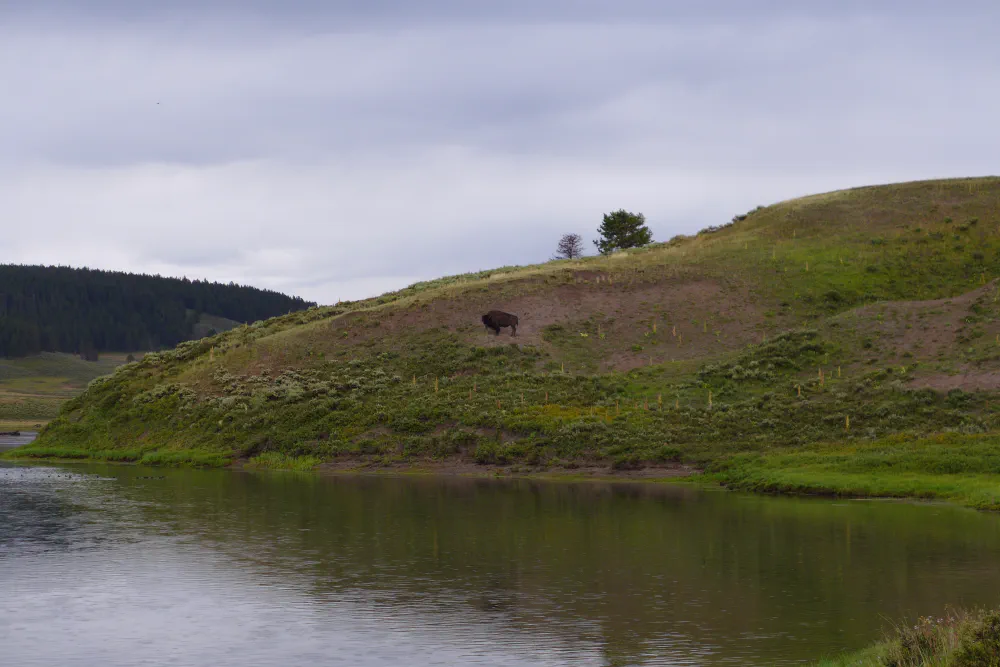
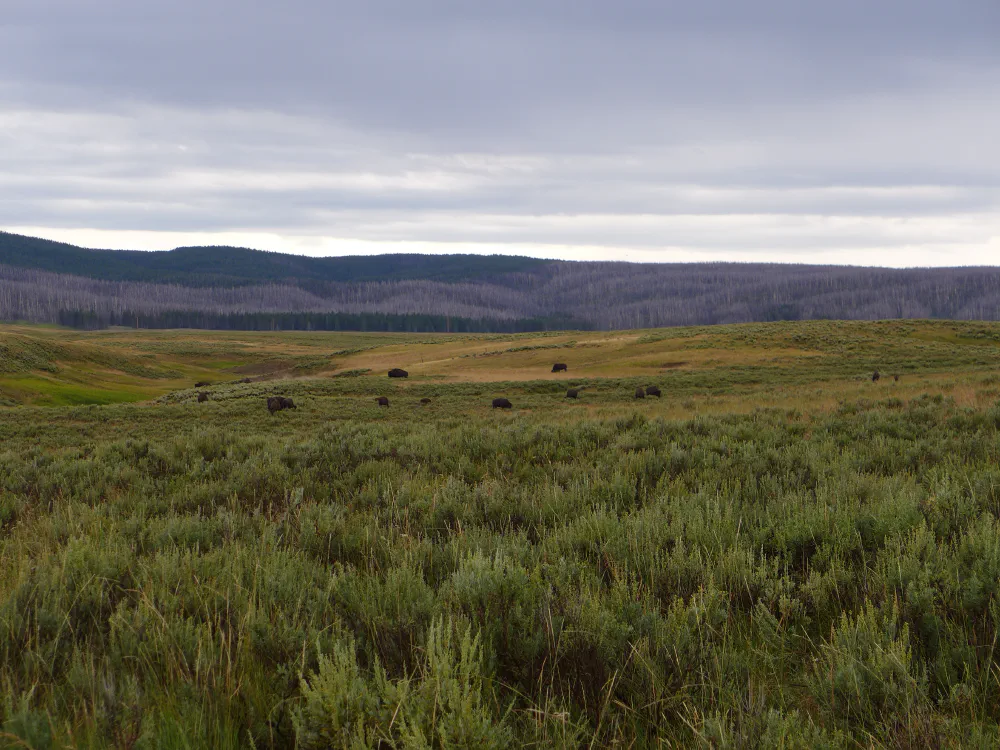
Fast forward to a month ago. I learned that there is a herd of bison living in my own city’s backyard—San Francisco’s Golden Gate Park bison paddock. I was embarrassed that in all the years I’d lived here, I had never known about them.
I couldn’t wait to see them, and made a plan to visit. But the trip kept getting delayed or postponed for one reason or another.
In the meantime, I researched bison. I wanted to learn more about the animal I was going to meet. The most impactful resource I found was Ken Burns’ PBS documentary about the bison, The American Buffalo. It is a difficult watch, but so important and informative.
Once upon a time, there were around 30-40 million bison roaming the open fields of North America. But in the late 19th century, during what is known as “The Great Buffalo Slaughter,” European colonists slaughtered every bison they could find. The plains became a mass graveyard. By the time they were done, there were less than a thousand bison left.
Today, there are estimated to be just thirty thousand wild bison. (If you include private herds, there are about a half million.) Although the bison were saved from total extinction, they are considered “functionally extinct” in most of their historical territory. Deprived of their free-roaming existence, they cannot fulfill their natural ecological role across the vast plains of America. Instead, they are confined to semi-domesticated lives in small, scattered plots of land.
The story of the bison is tragic, and infuriating.
Bison were killed by colonists, not for their plentiful meat, but for their hides. Often, they were killed intentionally to hurt Native Americans, by taking away their primary means of survival.
Native Americans revered and cherished the bison.
They saw them not as prey, but as benevolent creatures whom they owed their lives to. After killing a bison, they’d pray to give thanks for its sacrifice. They used every iota of the bison’s body, not wasting anything. A single bison’s meat would feed a Native American family for a month. Bones became tools for farming. Tendons became threads for sewing. Stomach linings became cooking containers.
They risked their lives to protect the bison, and would sneak across territory lines to visit carcasses and say a prayer to honor their spirit, and ease their passage.
Native Americans showed us how to honor, care for, and enrich the land one lives on. They died for it.
By contrast, colonists would kill a hundred bison in a single day, skin their hides, and leave the bodies to rot. Everywhere you looked there were bison carcasses. The stench of death filled the air. You could smell it more than twenty miles away.
The colonists would take their hides and sell them for bounty, after which they’d be sent by train to the East Coast for processing. However, the majority of the hide would be unusable by the time it reached its destination. An unimaginable waste.
Tens of millions of bison dead, all for a few measly belts. This is the equation of colonization.
The decimation of the bison is even more harrowing when you consider the millions of Indigenous tribes that starved and collapsed as a result of it.
The more I studied the tragic history of bison in America, the more I dreaded visiting the bison paddock in San Francisco.
How could I face the bison, knowing the depth of man’s cruelty to them?
I decided to go anyway. I didn’t know how I’d feel, or what I’d say. But I knew I had to go.
The day finally came. I was nervous. As I drove up and parked, my heart raced higher and higher, matching my car’s elevation as I climbed up San Francisco’s hills.
And there they were. Mighty bison, roaming in my city’s backyard! I stood still, taking in their immense figures.
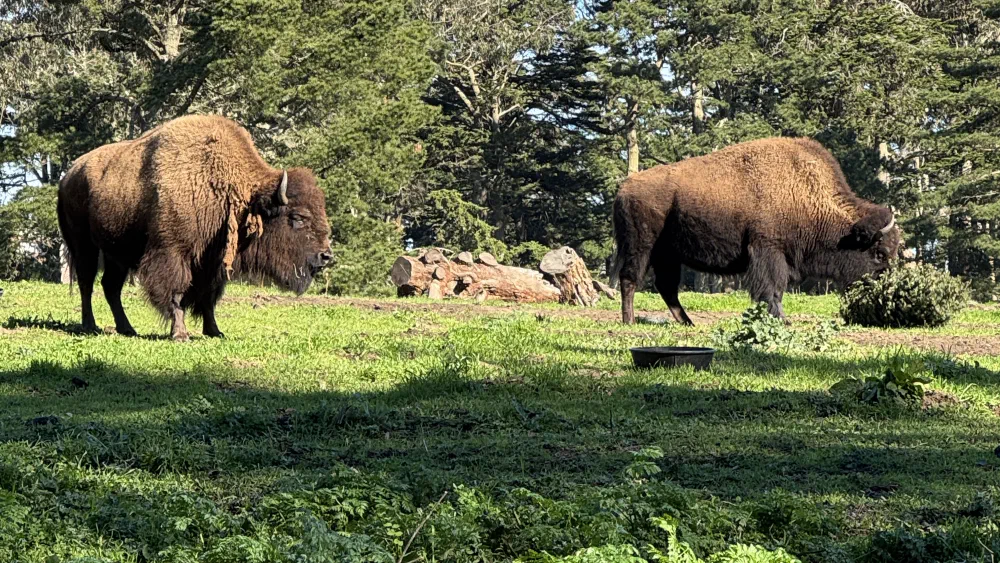
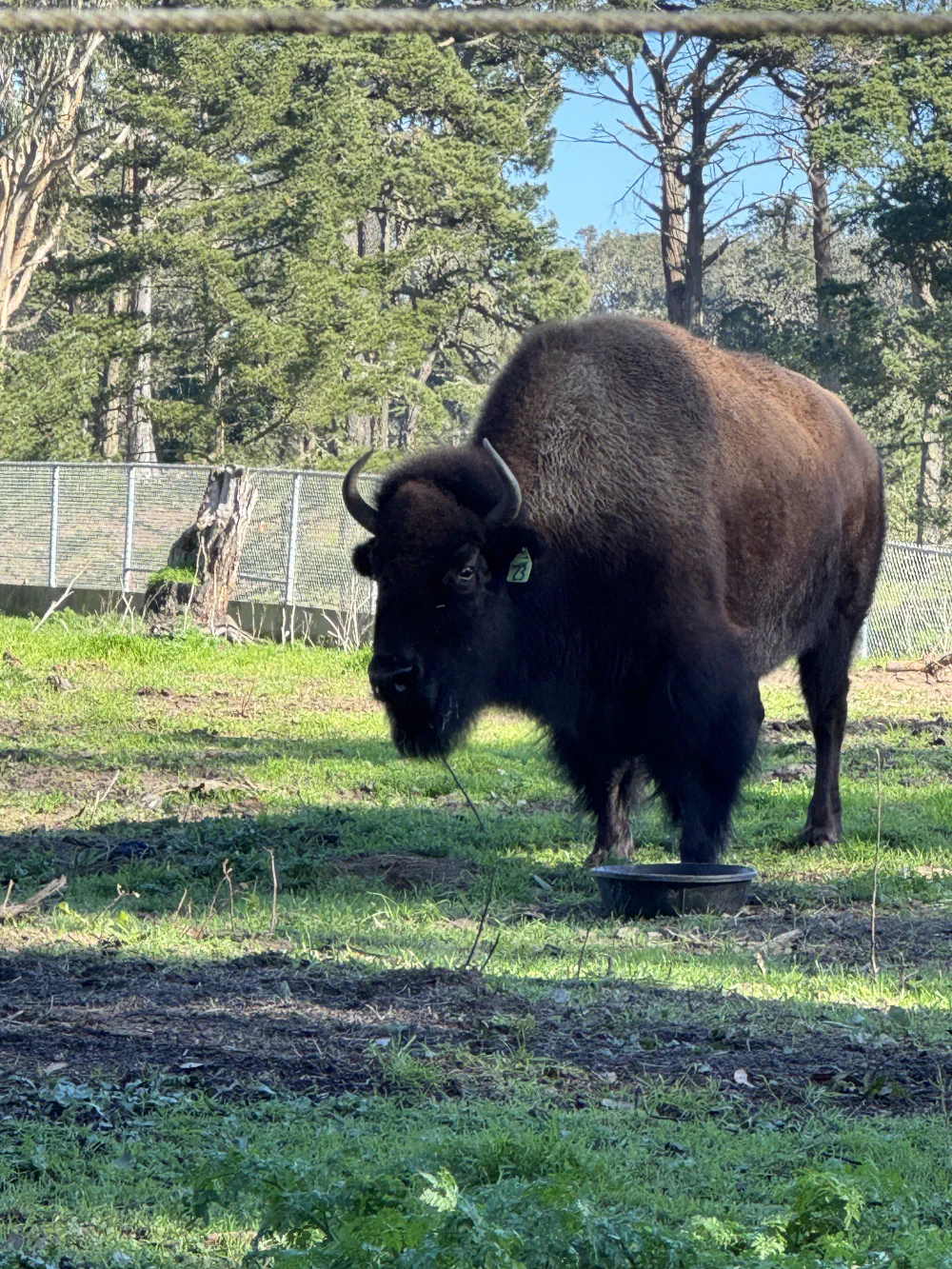
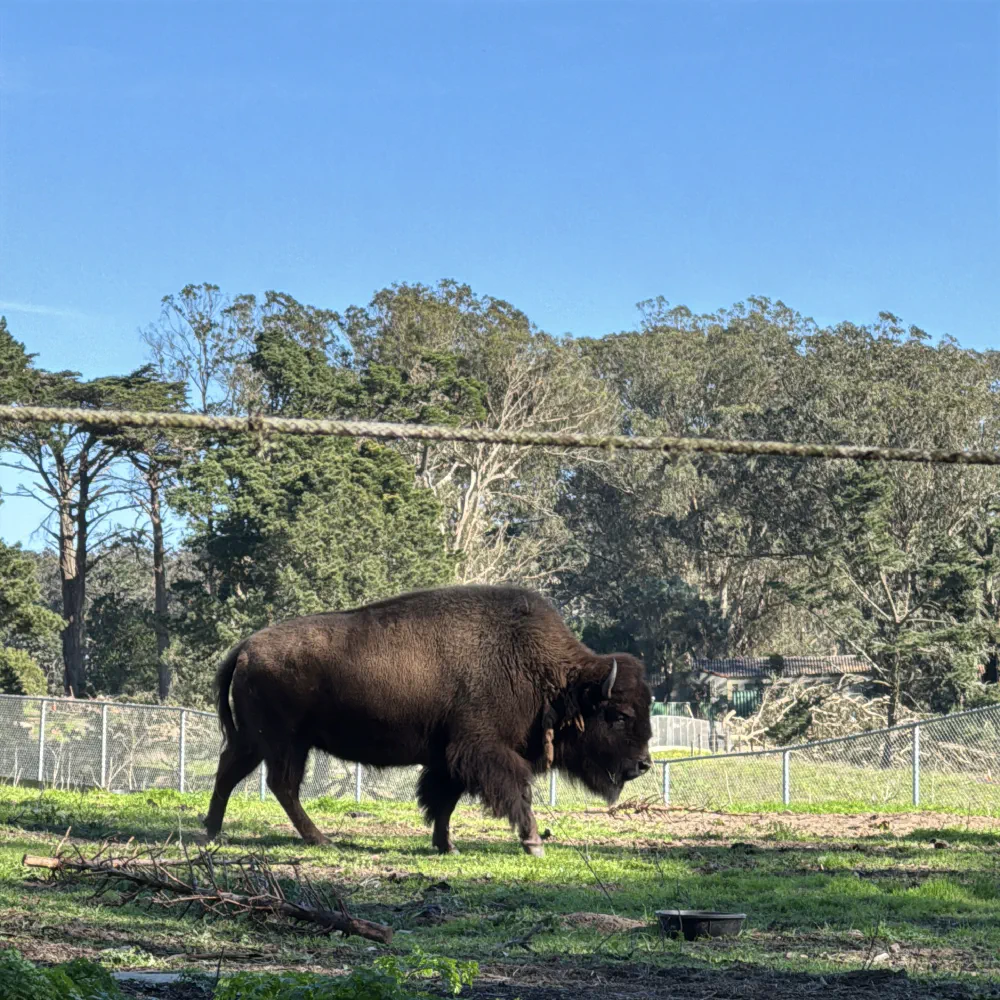
I noticed a sign posted by the gate. It said that the San Francisco Bison Paddock was established in 1891, when a small group of bison was brought in during the bison’s near-extinction. These bison, their parents, their grandparents, and many generations beyond, had all lived their lives between these few fences.
Unlike their wild ancestors of distant past, these bison were saved from slaughter. The price of their safety was their freedom.
As I stood there, all I could think to say was, “I’m sorry, I’m sorry, I’m sorry…”
I knew my words wouldn’t change anything. I just wanted the bison to know they’re not alone.
I’m here, dear bison.
I’m listening.